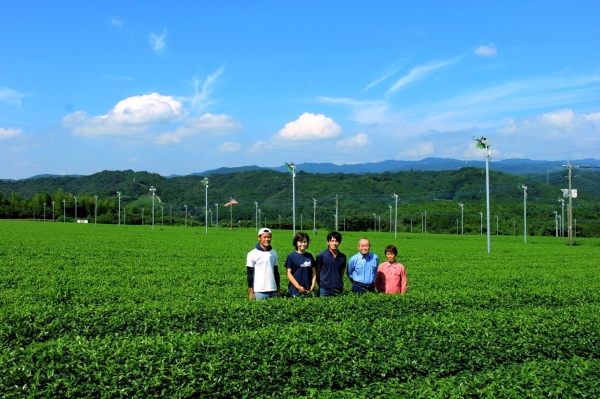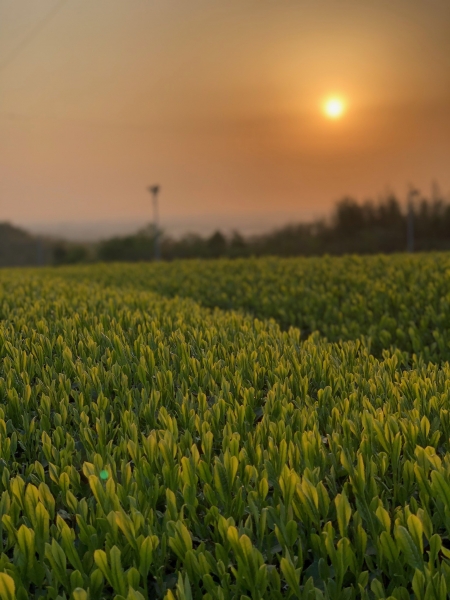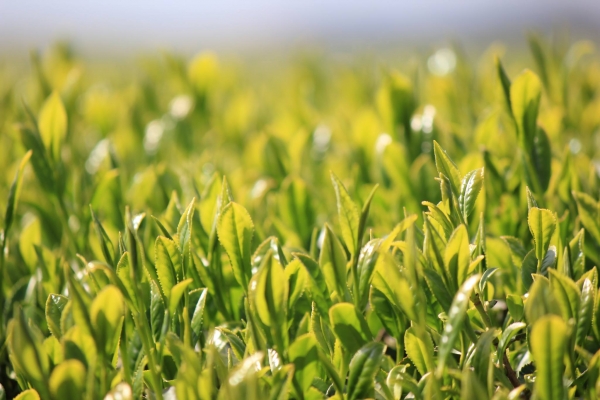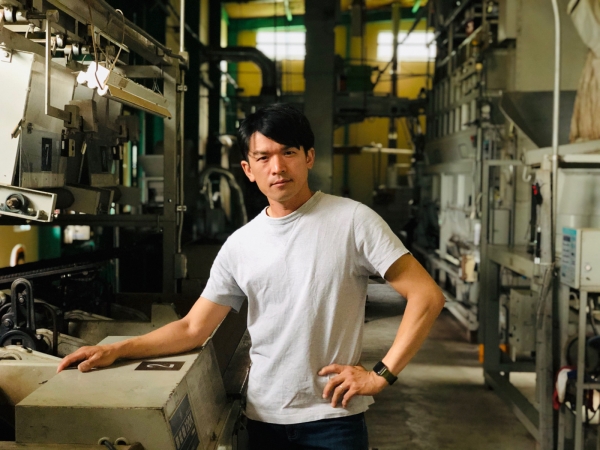Origin: Ishii Teafarm, Hoshinomura, Yame (Fukuoka)
Cultivar: Yabukita
Shading time: 14 days
Elevation: 150 m
Harvest: May 2021 (First Flush), hand-picked
Type of steaming: Asamushi (around 20 sec)
Special features: Mr. Ishii achieved the fourth place at the Zenkoku Cha Hinpyôkai, Japan's national tea competition, with his Kabusecha.
Weight: 15 g
Steeping Method
First infusion:
・Amount of tea :3 - 4 g
・Water temperature:about 50℃
・Water amount:about 70 ml
・Steep duration:80 - 100 sec
Second infusion:
・Water temperature:about 50℃
・Steep duration:10 sec
Third infusion:
・Water temperature:about 60℃
・Steep duration:15 sec
Fourth infusion:
・Water temperature:about 60℃
・Steep duration:20 sec
Fifth infusion:
・Water temperature:about 70℃
・Steep duration:20 sec
Steeping Method
First infusion:
・Amount of tea :5 g
・Water temperature:about 40℃
・Water amount:about 50 ml
・Steep duration:90 - 120 sec
Second infusion:
・Water temperature:about 45℃
・Steep duration:20 - 30 sec
Third infusion:
・Water temperature:about 50℃
・Steep duration:40 - 50 sec
Fourth infusion:
・Water temperature:about 60℃
・Steep duration:60 - 70 sec
Let me briefly explain the tea competitions in Japan: The two most important tea competitions are of course the national (全国茶品評会 = Zenkoku Cha Hinpyoukai) as well as the Kansai competition. The Kansai Competition is probably the most important competition for tea farmers from the regions of Kyoto, Shiga, Nara, Mie and Gifu.
The teas are judged by appearance, cup colour, aroma and taste. In the end, cup colour and appearance have rather less influence on the taste of the tea, which sometimes leads to good deals, especially in the midfield.
After the teas have been judged, the auction takes place. Only wholesalers from Japan are allowed to enter the auction, but we were lucky that a befriended wholesaler had taken us with him.
The auction will take place as follows: There is a room where all competitive teas are displayed and you have the possibility to inspect the teas (about two to four hours), but you cannot try the teas, you can only take them into your hand and smell them.
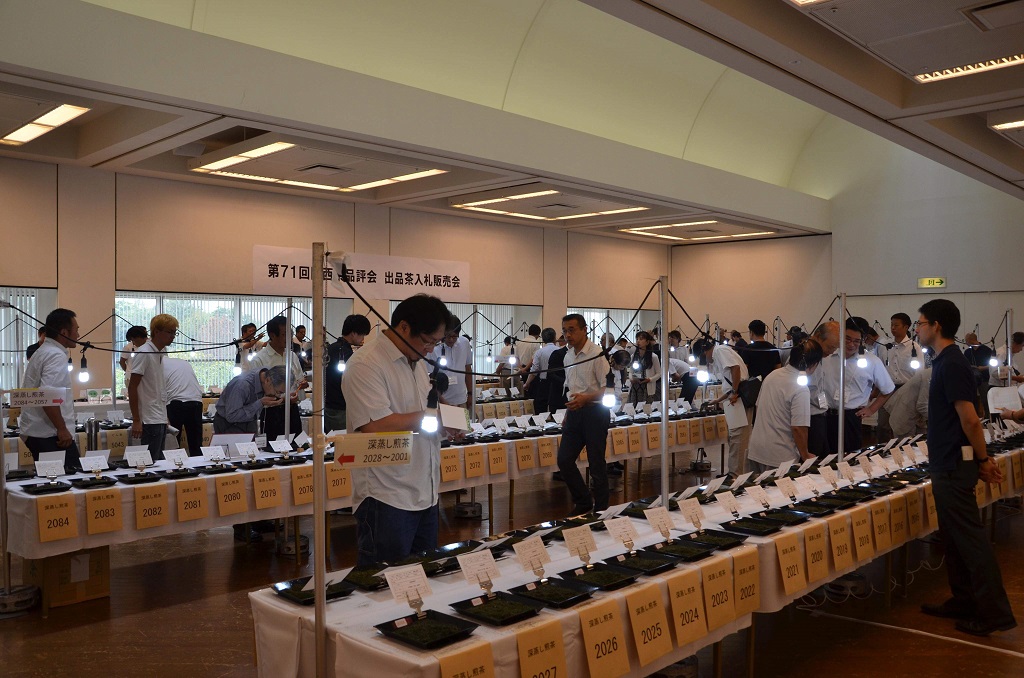
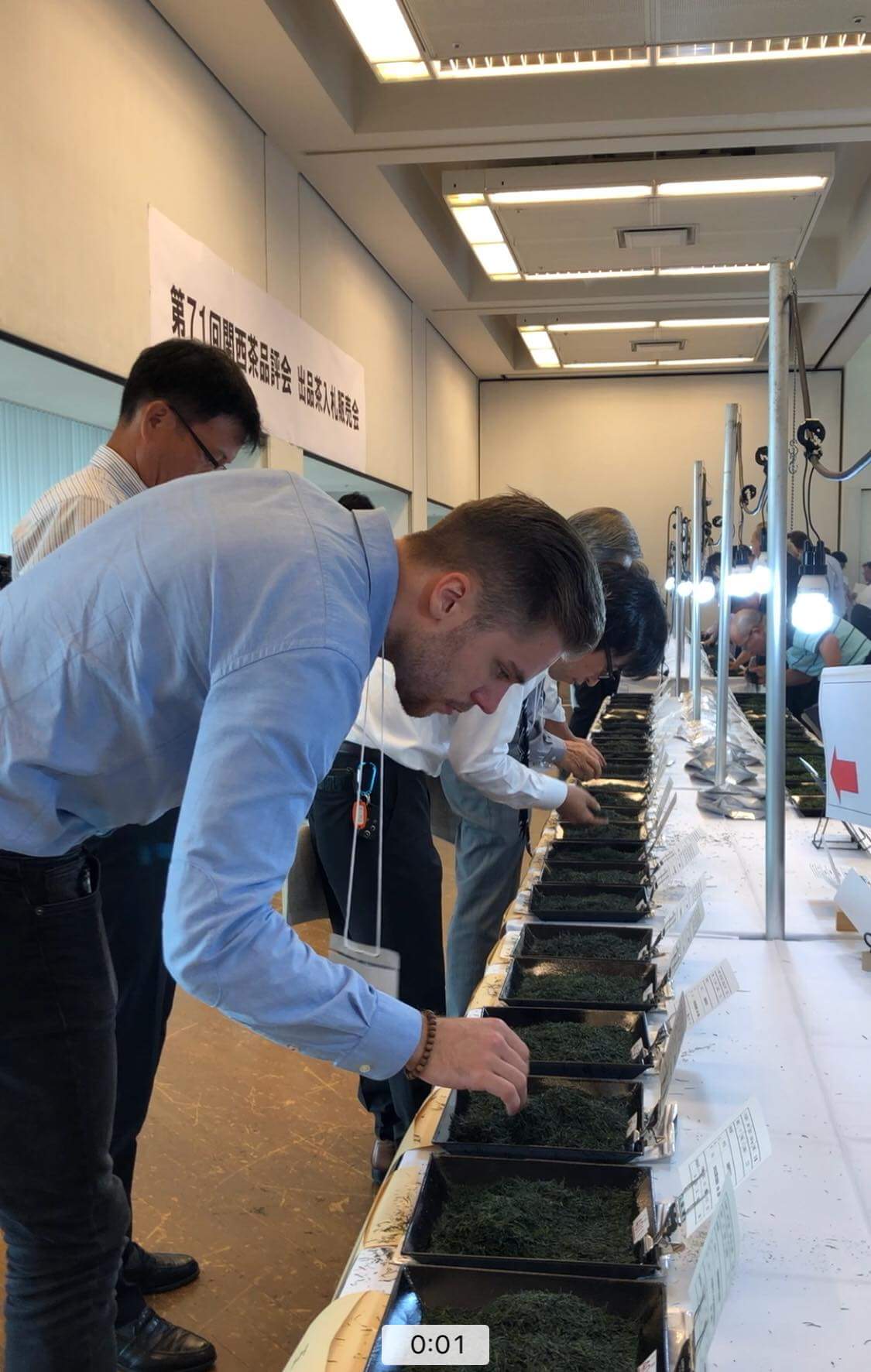
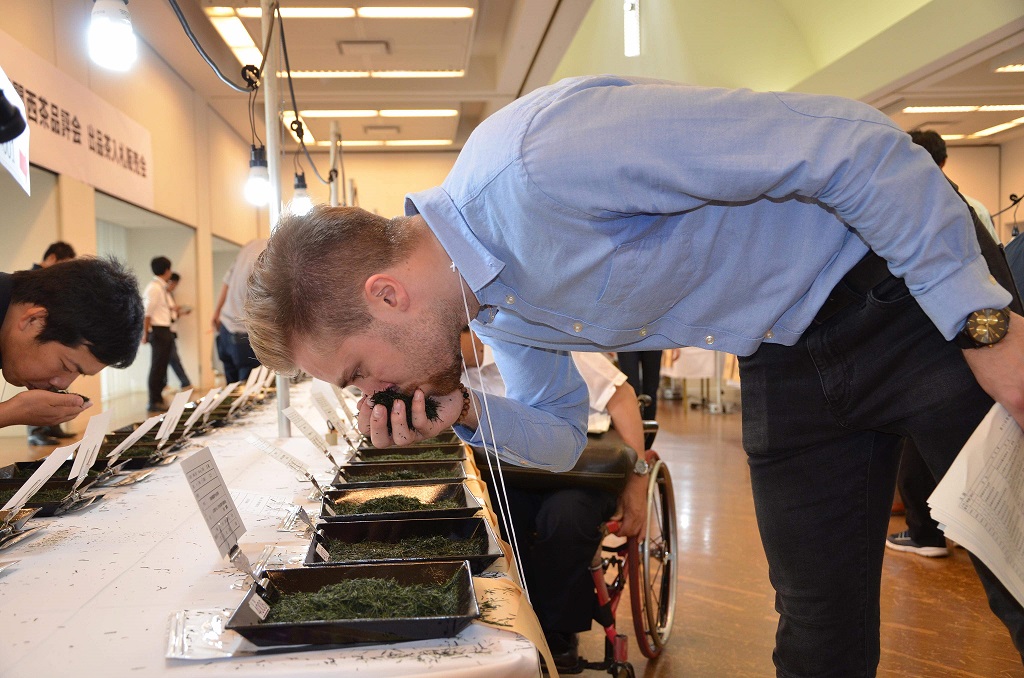

Then you have to determine the price / kg and write it on a piece of paper and put it in a box underneath the table. The one with the highest price wins the bid.
Because you have to determine the price only according to appearance and smell, there are of course "rivets" every now and then, because competition grade tea does not mean automatically that it really tastes good.
The best tea by Mr. Ishii. A total of just under four kilograms were produced for the national competition.
Without question one of the best Kabusechas in Japan. Extremely strong umami and a fruity sweetness that leaves even premium gyokuros in the shade.
This tea is only available in very limited quantities.
